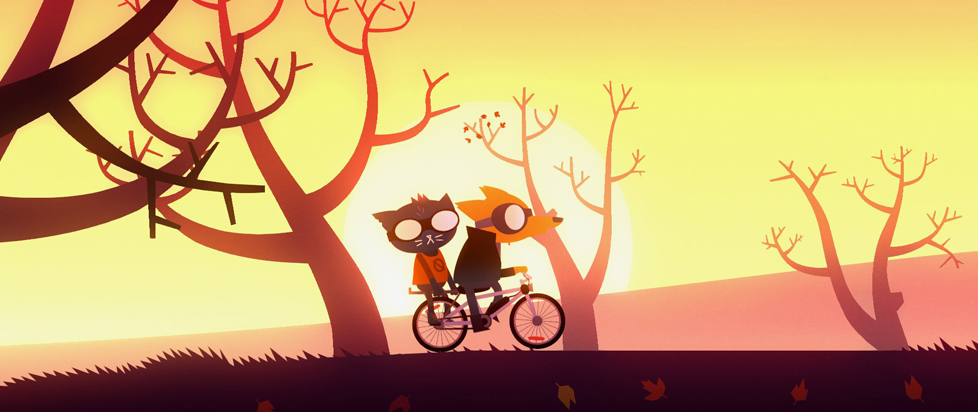
To Walk From Left to Right
 The following is a reprint of The Player’s Soul, from Unwinnable Monthly Issue Seventy-Seven. The column, by Richard Clark, appears monthly and explores liturgy and gaming. If you enjoy what you read, please consider purchasing the issue or subscribing.
The following is a reprint of The Player’s Soul, from Unwinnable Monthly Issue Seventy-Seven. The column, by Richard Clark, appears monthly and explores liturgy and gaming. If you enjoy what you read, please consider purchasing the issue or subscribing.
———
What does it mean to walk from left to right?
However rudimentary the picture on screen, whether the avatar is human or animal, there is humanity attributed to any character given a goal and a way to attain that goal. In a side-scroller, the way to attain the goal is to walk from left to right.
To press not forward, but to press over. To see ourselves not as one typically does, but as we might see a stranger from afar. To observe the stranger’s movements as we control them. To speculate about their motivations, their goals and their desires, and then to internalize them for ourselves. What does it mean to care for them so dearly that their failures are ours?
We stumbled onto the meaning of walking from left to right with Mario. We latched onto the smallest semblance of personality. The game was well-designed, which helped, but the Mario obsession that grips multiple generations even now is owed largely to the fact that he was one of the first avatars with character that we had the privilege of controlling. Mario may have been a weird, incomprehensible person, but he was a whole person.
From that point on, we played out our identities through side-scrolling avatars and the best examples of these games provide a kind of synchronicity between what the attitudes projected by the avatar and what we did with them. The rebellious kid in us played as Sonic, a anthropomorphized hedgehog, from whom we learned to fail forward. He taught us productive impatience, a sensibility that allows for risk-taking and the inevitability of failure.
Once we grew up, we embraced these mechanics in a self-aware fashion, and the side-scrolling platformer became the go-to form for the indie developer who wished to convey a deeply profound and personal theme. It is no surprise that Braid begins with not-so-subtle references to Super Mario Brothers. Starting with Braid, indie-developers leaned heavily into the side-scrolling genre’s inherent meaning to the point that it soon became a trope.
Before their meaning is diluted by mindless replication, tropes tend to begin as truthful representations. What, then, does it really mean to walk from left to right? To press over, but not forward? It means finding satisfaction in the progression of someone outside of ourselves. It means leaning into a challenge, not for the sake of one’s own personal satisfaction and redemption, but for the sake of another character, one whose goals and desires we may not share. They may be nearly inscrutable to us.
Because to walk from left to right, and not forward, is to embrace the second person viewpoint, rather than the first. It is to look outside of oneself and into the life of another. It means falling in a pit and snapping back several meters of screen-length, over and over. Being forced to retread ground. Continuing anyway. It means failing and trying again and again. It means to do so for the sake of the good of another. It is to study their surroundings from the outside, and to help – no, to make them succeed.
When we control another and take for granted that their success is ours, we begin to learn a posture of support. It is a liturgy of obsessive empathy, a ritual of active concern for whomever happens to be within our field of view.
To walk from left to right is to succeed vicariously through another, whose identity we have taken as our own.
To walk from left to right is mentorship.
———
Richard Clark is Online Managing Editor at Christianity Today. Follow him on Twitter @TheRichardClark




